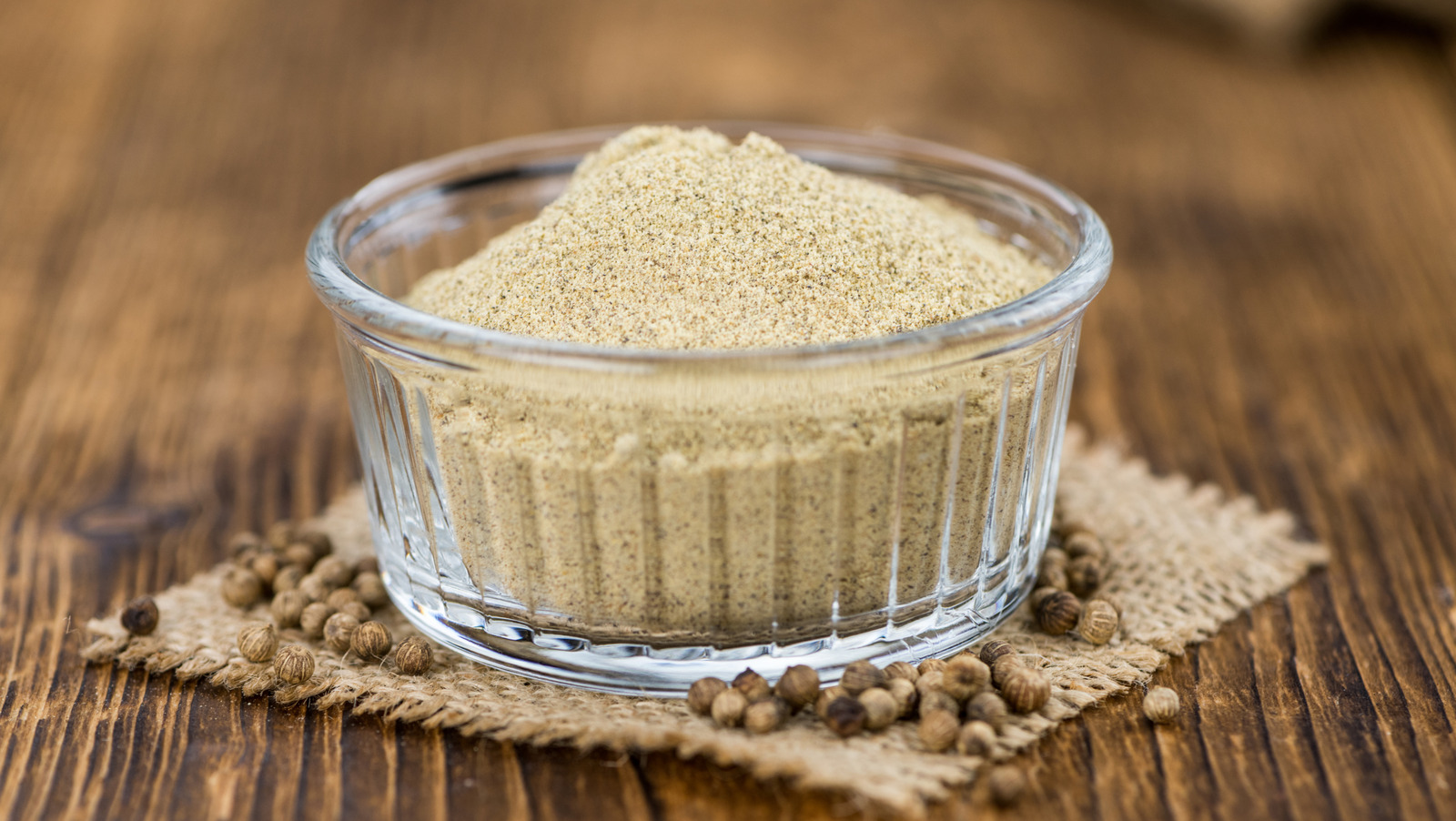
"White pepper is many a chef's favorite spice for these white-colored dishes, despite being milder than the more popular black pepper. White pepper can blend right into the food without messing up the aesthetic with those telltale black flakes. The good news is that black pepper works just as well in its place. Sure, it's a tad stronger than white pepper, but unless you're cooking for a secret Michelin inspector, no one's going to notice."
"Spice-savvy folks will know black and white aren't the end-all-be-all of pepper. If you've got green peppercorns in your spice collection, they work beautifully as a white pepper sub (though they might add a tang to your food - not a bad thing in certain dishes loaded in dairy like a simple spaghetti carbonara). But for those with well-stocked spice drawers, take a look to see if you have pink peppercorn stashed away- that would be one incredible find."
White pepper is preferred for pale, creamy dishes because its lighter color preserves the dish's appearance and it offers a milder flavor than black pepper. Black pepper serves as a practical substitute, providing similar flavor though slightly stronger and leaving visible black flecks. Green peppercorns can substitute and may add a pleasant tang that complements dairy-rich dishes like carbonara. Pink peppercorns, though not true peppercorns and less common, can be ground to provide nearly the same flavor and aroma as white peppercorns. Substitutes allow flexibility when white pepper is unavailable.
Read at Tasting Table
Unable to calculate read time
Collection
[
|
...
]